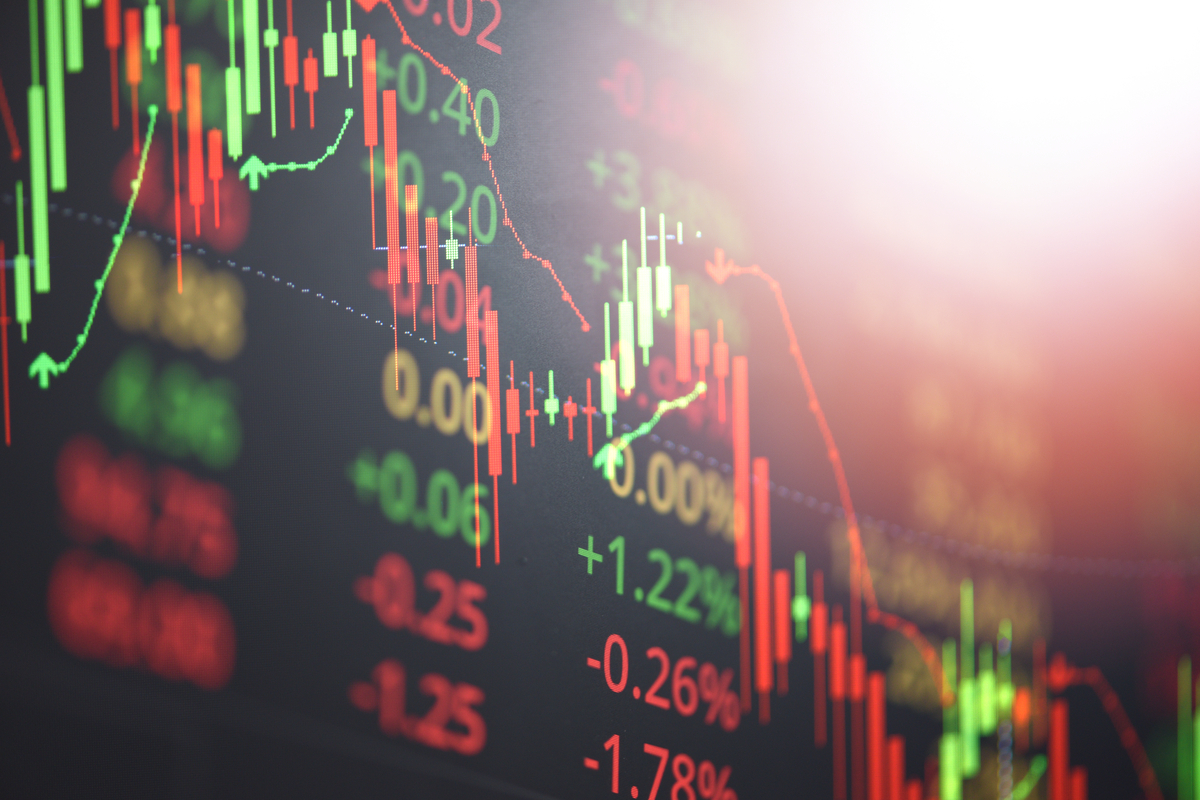Dear visitor,
You're reading 1 of your 3 free news articles this quarter
Register with us for free to get unlimited news, dedicated newsletters, and access to 5 exclusive Premium articles designed to help you stay in the know.
Join the UK's leading credit and lending community in less than 60 seconds.
Inflation down but remaining sticky: Analysing the latest CPI figures
| PREMIUM |
The latest consumer prices index (CPI) figures from the Office of National Statistics (ONS) show a continuation of a slow but steady decline in inflation over the past few months.

Senior Journalist, covering the Credit Strategy and Turnaround, Restructuring & Insolvency News brands.
 Thomas Parker
Thomas ParkerSenior Journalist, covering the Credit Strategy and Turnaround, Restructuring & Insolvency News brands.
According to the figures published today (15 January) CPI hit 10.1% in the 12 months to January 2023 – a drop of 0.4% when compared to the 10.5% figure seen in December 2022, and is down a whole percentage point on the 11.1% peak in October – which, according to the ONS, will be the peak in the current cycle.
The dip between December and January has come as a result of CPI prices falling by 0.6% in the month to January – compared with a smaller fall of 0.1% the year before.
As for the consumer prices index including owner occupiers’ housing costs (CPIH), this dropped – going from 9.2% in the 12 months to December to 8.8% in the 12 months to January 2023. This is also lower than its 9.6% peak from October last year, the highest annual rate in more than 40 years.
Commenting on these figures, the Money Advice Trust’s director of external affairs and partnerships Jane Tully said: “Today’s inflation figures show the cost-of-living crisis is far from over as prices continue to remain high.
“With council tax and energy bill increases just around the corner, the situation is only going to get more difficult for many more people whose budgets simply won’t stretch any further. The government needs to reconsider the planned energy bill rise in April, or more people will be at risk of falling into fuel poverty.”
According to the ONS, the main drivers of the annual inflation rate for both CPIH and CPI are the same where they’re common across both the measures. However, the owner occupiers’ housing costs component accounts for about 16% of the CPIH and is the main driver for the differences between CPIH and CPI inflation rates.
Inflation figures by sector
Overall, the easing in the annual inflation rate was mainly reflected in the price changes in transport – particularly for passenger transport and motor fuels. There were also effects from restaurants and hotel, with this being the largest – partially offsetting – upward effect coming from alcoholic beverages and tobacco.
Broken down by sector, transport saw its annual inflation rate drop for the seventh consecutive month from a peak of 15.2% in June to 3.4%, making this the lowest rate since February 2021. The main drivers of this month-on-month decline came from passenger transport services and motor fuels.
Of this, the largest easing effect was passenger transport services. Prices hit 7.6% in the year to January 2023 – massive decline compared to the 18.3% recorded for 12 months to December 2022.
Additionally, annual rates fell across most passenger transport types – with the largest fall coming from passenger transport by air. This type back in August last year reached 40.3% before falling subsequently – however in December, the annual rate increased from 24.3% to 44.1%, but has eased substantially to 18.3% in the year to January 2023.
There was a similar effect in passenger transport by road – where annual inflation increased every month between May (3.5%) and October 2022 (8.2%). After this it briefly dropped before reaching a peak of 11.3% in the year to December 2023, however this annual figure has then eased to 5.7%.
This was largely driven by coach fares, with the monthly inflation rates dropping from 53.8% in the year to December to 45.7% in January. There was also a downward effect from bus fares, which fell 3.8% in January compared with a small rise of 0.1% in the same month a year earlier.
Restaurant and hotel prices also contributed to the easing, with the annual figures going from 11.4% to 10.8% between December and January. This mainly came from restaurant and café prices – which went from 10.1% to 9.4% between the 12 months to December and the year to January, particularly for many on-sale drinks.
Similarly, monthly prices fell in accommodation services. And, while there were similar monthly price falls of 2.6% in January in both 2022 and 2023, the greater weight for accommodation services in 2023 means the monthly fall in the current year has a greater influence on the change in the annual rate – resulting in a downward movement between December and January.
Prices for alcohol and tobacco, however, increased – going up from 3.8% in the year to December to 5.2% in January. This was caused by monthly price rises across much of the alcohol and tobacco – with overall alcohol prices rising by 4.3% while tobacco prices rose by 0.8%.
This was compared with smaller monthly rises of 2.2% and 0.3% respectively a year earlier.
Stay up-to-date with the latest articles from the Credit Strategy team
Get the latest industry news






